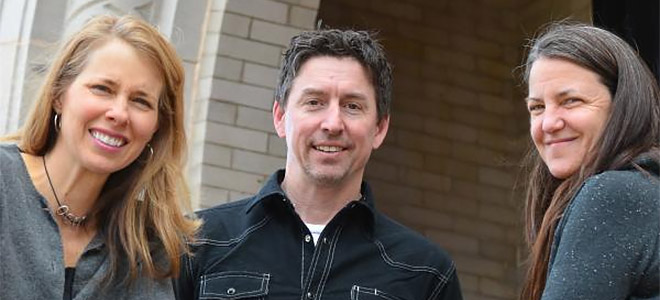
Colorado Arts and Sciences Magazine
July 7, 2017
Where one stands on the validity of climate change science depends largely on where one sits on the political spectrum, surveys show. This fact vexes people who respond to climate science doubt by producing more data.
But relying solely on facts doesn’t necessarily advance the discussion, and, thanks to confirmation bias, can actually harden opinions. This is one reason a trio of scholars at the University of Colorado Boulder is practicing and teaching ways to advance climate discourse through the arts and social sciences.
CU Boulder’s Inside the Greenhouse project describes itself as a “collective of professors, students, scholars, practitioners” who creatively frame climate change issues in ways that emphasize people’s common ground. The trio of faculty members who launched the project teach courses in creative climate communication and in climate change and film.
The project’s mission is to “to deepen our understanding of how issues associated with climate change are/can be communicated, by creating artifacts through interactive theatre, film, fine art, performance art, television programming, and appraising as well as extracting effective methods for multimodal climate communication.”
Associate Professors Max Boykoff of environmental studies, Beth Osnes of theatre and dance, and Rebecca Safran of ecology and evolutionary biology, say their initiative springs partly from the fact that climate change discourse often breaks down.
“People keep throwing scientific information at people, thinking that’s going to change their behavior, and we see time and time again that it doesn’t,” Osnes recently told Colorado Public Radio.
Osnes and her colleagues believe better discourse is possible. Students who’ve taken Inside the Greenhouse courses concur.
Barbara MacFerrin, who graduated with a master’s in technology, media and society this year, has taken Osnes’ Creative Climate Communications class and Safran’s Climate Change and Film course. A professional photographer herself, MacFerrin wanted to fuse her passion for photography and film with a desire to communicate climate change information effectively.
While in the class, she created a video for the “More Than Scientists” project, a nonprofit initiative that disseminates short video interviews with climate scientists that strives to show the humans working in climatology.
MacFerrin’s film (below) featured her husband, Mike, a research glaciologist at CU Boulder, and highlights his feelings about the dramatic melting of the Greenland ice sheet.
MacFerrin later worked with the city of Boulder Youth Opportunity Advisory Board, where she helped develop and produce a short film about climate change mitigation in Boulder. She also traveled to Churchill, Manitoba, last year to film polar bears in the wild.
She praises the program: “I think Inside the Greenhouse is a great initiative, is effective in getting students creatively involved with climate change communication efforts, and offers many opportunities to get engaged.” Read more …



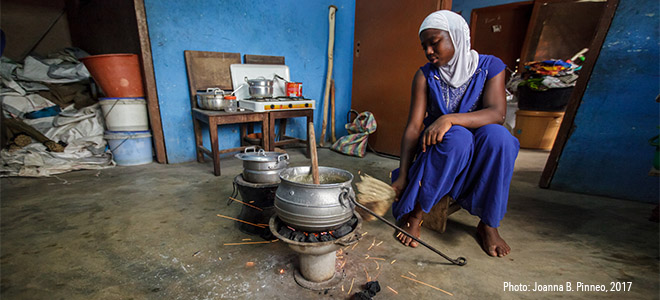
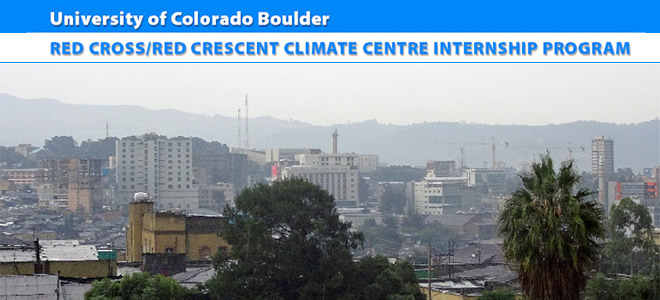
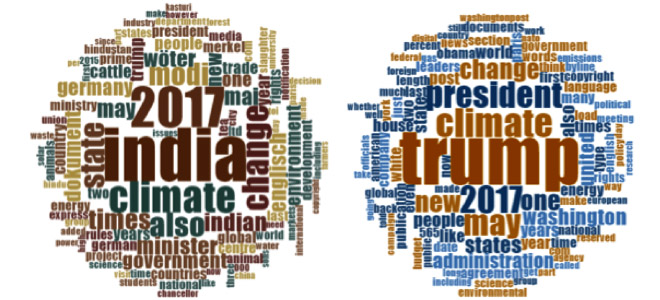

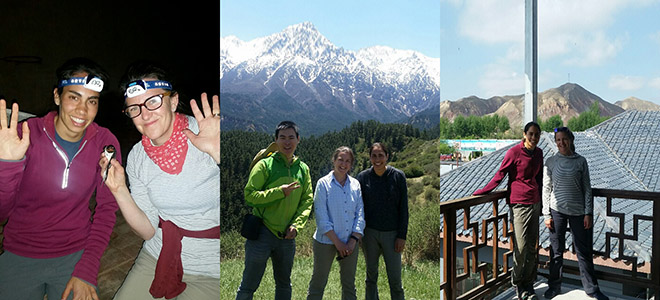
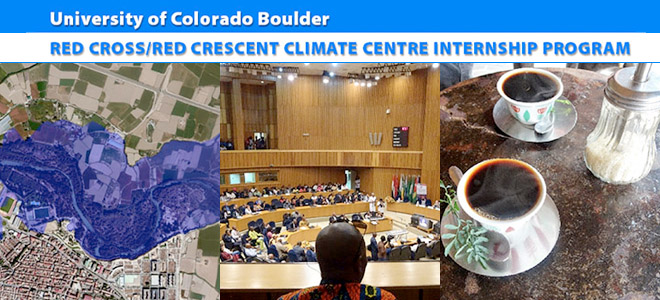
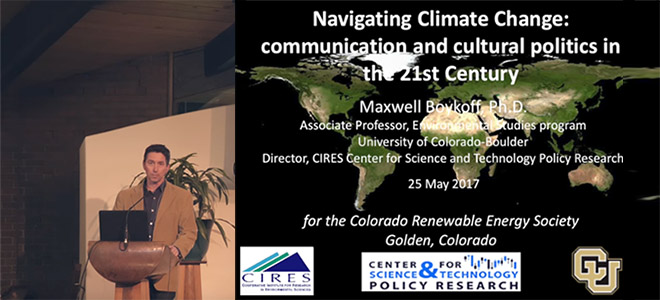
Notes From the Field in Ethiopia: From Addis to Adama
Red Cross/Red Crescent Climate Centre Internship Program
by Katie Chambers
Ethiopia, June 2017
Katie is a PhD student in Environmental Engineering with a focus on Engineering for Developing Communities. In Ethiopia, Katie will be developing flood inundation maps for communities downstream of hydroelectric dams. These maps will guide the development of Early Warning Early Action frameworks for the Ethiopian Red Cross Society and IFRC. Her environmental engineering research investigates the comparative vulnerabilities and resilience of different types of sanitation systems found in resource-limited communities, as well as the tradeoffs made when prioritizing resilience in system selection.
My first week of fieldwork brought me out of Addis Ababa for the first time this summer. The field site – Koka Dam and its surrounding communities – is located about two hours outside of Addis by car. The landscape outside Addis changes quickly and dramatically from urban to rural, with farms lining the highway as far as the eye can see. It was refreshing to escape the city’s business, and driving through the countryside to Koka Dam was beautiful.
My first day of fieldwork began with an introduction to the Ethiopian Red Cross Society branch office in Adama. I met with the branch officer, Buseri, to plan logistics for the visit and future work. From there we drove to Koka Dam to tour the facilities and meet the dam manager. I thought the visit would just consist of meeting the manager and walking around the dam’s perimeter, but was pleasantly surprised when I received a personal tour of the dam’s inner workings. As large machinery surrounded me and turbines spun loudly, the little engineer inside of me was giddy with excitement at my first visit inside a hydroelectric dam and its control room. The dam has staff working 24/7 to maintain and control the infrastructure, and it was incredible seeing it all come together inside. Even better, the manager was equally as enthusiastic to talk about how the dam infrastructure works as I was able to listen. Luckily, my background in civil and environmental engineering allowed the discussion to progress beyond simply describing how dams work to nitty gritty technical details of daily operations. Following the tour inside the dam, we walked the perimeter of the dam and viewed it from the outside. Seeing the dam in person, as opposed to on the computer, was impressive and helped me better visualize the scope of the project and modelling.
The next day I talked to members from two communities situated around the dam. The initial interviews were with a small group of members, allowing me to scope the project and learn about the interactions between community members, dam staff members, and the infrastructure itself. This baseline information, in conjunction with Red Cross staff and frameworks, will guide the development of the surveys and interview scripts used in subsequent visits with the communities. The first field visit was successful in scoping the project’s extent and setting the stage for future visits, and I’m looking forward to future fieldwork around Koka Dam.